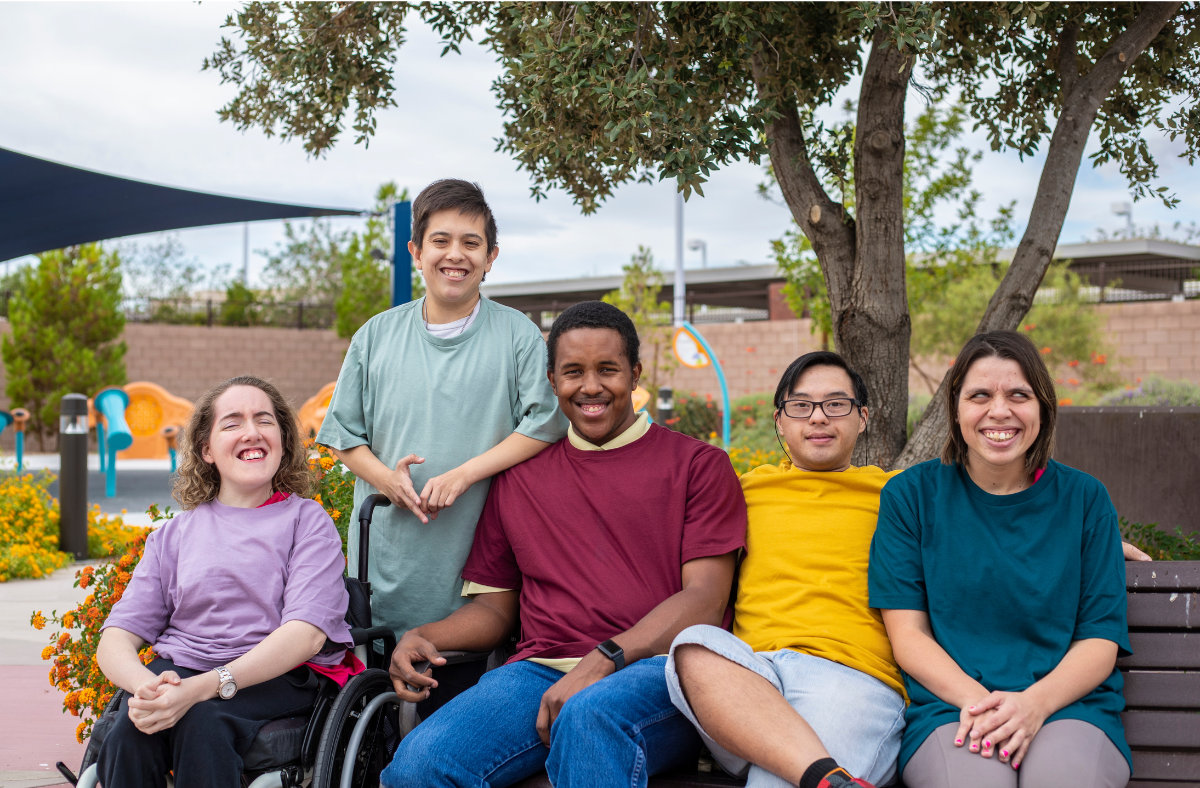We salute everybody working to bring assistive technology (AT) to the BIPOC (Black, Indigenous, and People Of Color) demographic. “BIPOC” comprises most people who identify as “nonwhite” races or ethnicities, including Asian American, Native American, Hispanic/Latinx, and many others.
Check out these resources:
- Assistive Technology for Spanish Language Speakers
- ESGH Youth Council: A Report from the Field (sharing AT information in Nigeria)
- Meet Our BIPOC Outreach ABLE NRC Ambassadors (from the ABLE National Resource Center: see also “ABLE Accounts for Loved Ones with Disabilities”)

When Introducing AT: Points to Consider
Identifying and supplying AT needs is a challenge. Everyone is a unique individual with unique needs, preferences, and comfort zones. At the same time, everyone belongs to multiple groups categorized by specific disability, age, race/ethnicity, state/municipality of residence, and/or numerous other factors.
The challenge is finding the best technology to fit the individual and their values as a member of a group—while avoiding assumptions that would hurt rather than help. And, often, while dealing with financial-aid organizations that may already use models based on wrong assumptions.
It’s especially challenging for helpers who aren’t themselves members of the race/ethnicity/other group(s) in question. Anybody trying to understand specific AT needs would do well to consider the following points:
- Would this person prefer to talk with someone of the same race, or of a similar background? (The option may not always be available, but provide it whenever possible—and make a point of recruiting helpers from a variety of backgrounds.)
- Are you aware of areas where your behavior might be interpreted as microaggressive? Even more important, are you prepared to recognize and immediately correct your mistakes—without getting defensive or implying that someone is overly sensitive?
- What language would this person prefer to speak? (You may not find a human translator for every option: at least 145 languages are spoken in Houston alone. Fortunately, translation apps can speak many languages—including American Sign Language, which is not simply English converted into hand movements.)
- If verbal discussion is not an option (or not the person’s first choice), what is their preferred means of communication?
- Are they on, or planning to apply for, Medicaid? What other financial aid might they be eligible for? What should they know about waiting periods and possible roadblocks?
- What are the person’s immediate and long-term goals? How can assistive technology help them work toward those goals?
- What hobbies/activities/public events do they want to participate in regularly?
- Do you genuinely want to learn from them, and not just “help” them? Respect is key to success.

Why Diversity Is Essential
The following quote is nearly 80 years old, but the principle is timeless:
“The most important of all cultural experiences is contact with members of a different culture. Advances of culture depend on the chances that any group has to learn from the experience of others, and the more contacts the greater the opportunities to learn. Isolated peoples have primitive cultures because they have no neighbors from whom to learn ‘foreign’ ways.”
–Bergen Evans, The Natural History of Nonsense, 1946
“Diversity, Equity, and Inclusion” isn’t just about ensuring that everybody has an equal chance. It’s about encouraging contribution from multiple talents and viewpoints, for the benefit of all.

